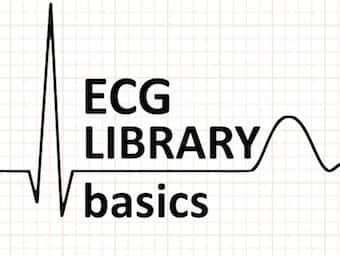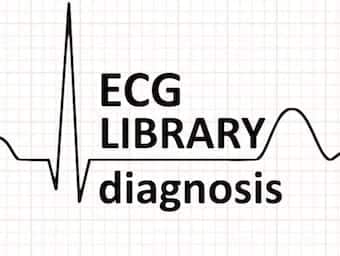
Paediatric ECG Basics
Paediatric ECG basics including the normal paediatric ECG, lead placement, stepwise assessment, and characteristic abnormalities

Paediatric ECG basics including the normal paediatric ECG, lead placement, stepwise assessment, and characteristic abnormalities

ECG lead positioning. V4R, right sided ECG, Lewis lead, 3-lead, 5-lead, 12-lead ECG and electrode placement on chest and limbs

A review of common arrhythmias seen in the paediatric population, with a focus on SVT and WPW

Stepwise assessment of the paediatric ECG, including rhythm, rate, axis, intervals, ST segments and Q/P/T/U waves

A review of the paediatric ECG lead placement, in particular the use of V4R in children under five years of age

A review of the normal ECG findings and variants in paediatric patients of differing age groups

Takotsubo Cardiomyopathy (TCM) is a transient wall motion abnormality of the left ventricular apex associated with severe emotional or physical stress that usually resolves completely

Hypokalaemia causes typical ECG changes of widespread ST depression, T wave inversion, and prominent U waves, predisposing to malignant ventricular arrhythmias

Acute Coronary Syndrome in the setting of allergic or anaphylactic reactions, usually secondary to allergic coronary vasospasm

This review will change your approach to localised ST depression on the ECG, which on its own does not accurately localise ischaemia, and may be the first sign of subtle occlusion
EM attendings are generally faster and more accurate at ECG interpretation than residents and medical students. But how are they able to process this information so much quicker while maintaining accuracy?

Wolff-Parkinson-White (WPW) Syndrome is a combination of the presence of a congenital accessory pathway and episodes of tachyarrhythmias